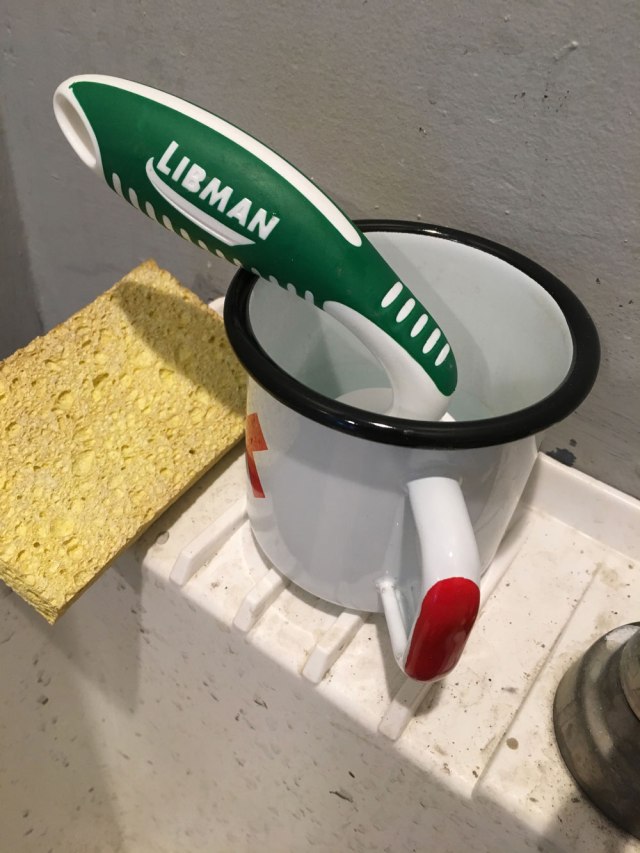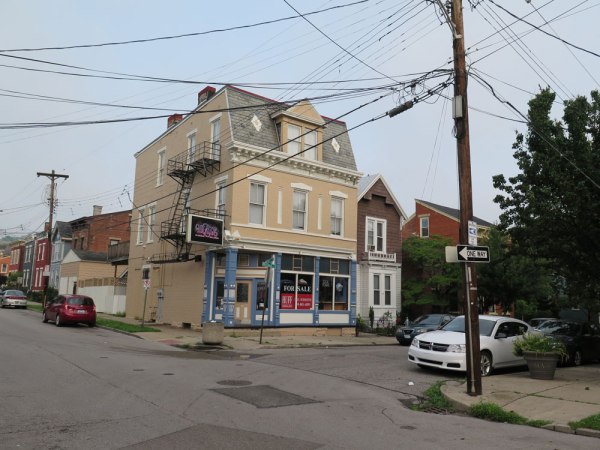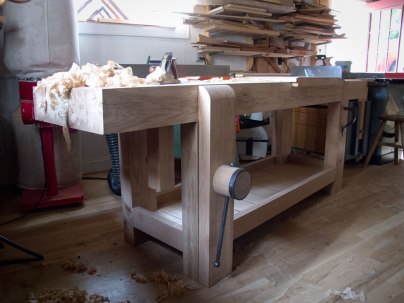Roubo is Not Dead, he is Not Even Past –
One of the treasures I inherited when buying my house was a falling-down chicken coop/rabbit hutch with (I can say without blushing) a brick shithouse tacked onto the end. It is in the courtyard, and was built in a hurried fashion, with the materials the farmer had at hand – some brick, some stone, concrete block, wood and a steel roof that had come loose at some point and was weighed down with odds and ends of heavy things. The toilet, judging from its style, was in use well into the 1960s, flushed with a bucket.
So, being the sensitive type, this fall I decided to have a go at renovating the ruin; I sought to maintain the fabric, the “built textures of the countryside,” as they say in the more sensitive kinds of house magazines.
I was sitting at the table outside, looking at the building and plotting my campaign when my neighbor Roger turned up and sat down.
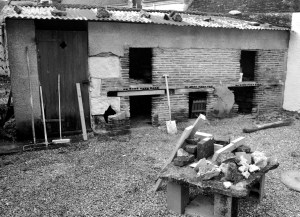
“What are you thinking about, Brian?”
I told him I was going to fix up the chicken coop, and asked how he would do it.
He gave me a startled look, like he does sometimes, and took a couple of puffs on his cigar.
“Well, I’ve got a sledge hammer in the garage if you want, but you could just maybe give it a shove and save me the trouble of walking across the street. Probably faster, too.”
A couple more puffs, he laughed.
“Ha! ‘Course if you actually had any chickens, you could just find a feather and knock it down with that.”
So I got to work with some old bricks I had salvaged from a half-demolished chimney in the barn, learning the joys of bricklaying when one day my wife was watching me rip out some of the old rotten limestone. (The local stone is often very soft and porous; acids in the rain plus salts in the ground water can eat it up over decades.)
“It’d be nice if you could use some stone when you rebuild that part. Like it was kind of a patchwork, quoi. Roger gave you some stone, didn’t he?” she said.
Stone cutting. Why not? I remembered a book I had seen one time, and ordered it from the publisher’s site. “Pierre de Taille” (cut, or ashlar, stone) by Jean-Marc Laurent, Editions Eyrolles (2004). Turned out it is an excellent book. One interesting thing that struck me while reading it was how closely it followed Roubo. The tone and information is the same. The book is mostly oriented toward people looking to follow what a stone mason is doing on a renovation project of some kind. But in fact, almost all the info is there, set out in precise detail – the tools, how to use them, the sand and lime for mortars, the different kinds of stone, common problems in old stonework and how they should be fixed.

I needed to cut and dress some of the local stone. From this section: “The Cockscombs” (Chemin de fer, in French) “The straight cockscomb is used to dress the visible faces of a stone. It is made of a rectangular piece of wood (beech), to which is fixed a handle in the same wood, and in which on the other face cuts have been made with a saw. In the cuts, blades of tool steel, sometimes with teeth, sometimes not, have been embedded.”
The cockscombs are basically planes for stone, used on soft to medium stones, and are used for facings and mouldings, like wood planes. Laurent goes on for more than a page on these tools.
But how was I going to cut the old stones to more or less the right size? The next bit was on saws, and mentioned various types, among them “La scie type scie egoine” – that is, a regular hand saw, though the ones for stone have carbide-tipped teeth. In the end I tried a an old saw for wood that is too dull to use and had hardened teeth that can’t be resharpened. Worked OK.
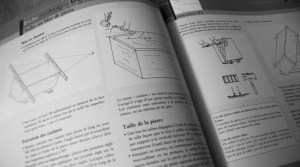
Nothing earthshaking. You need the information, you can buy a book and get it. It’s obvious today that is how it works. You describe the tools, and then what to do with them to create what you want. But reading through parts of Roubo, and now the woodworking parts of André Félibien’s “Principles of Architecture,” it’s clear it wasn’t always obvious. Even just the idea that detailed information would or could be interesting to someone outside a given trade was actually quite new. Félibien was one of the pioneers, and it’s a fascinating book. Roubo created the form that we still use today.
— Brian Anderson
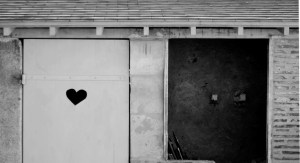
Brian Anderson is a translator and woodworker living in France. He is translating the woodworking parts of André Felibien’s Des principes de l’architecture, de la sculpture, de la peinture… avec un dictionnaire des terms for Lost Art Press. The book is due out in the Autumn of 2014. Anderson translated Grandpa‘s Workshop for us.
